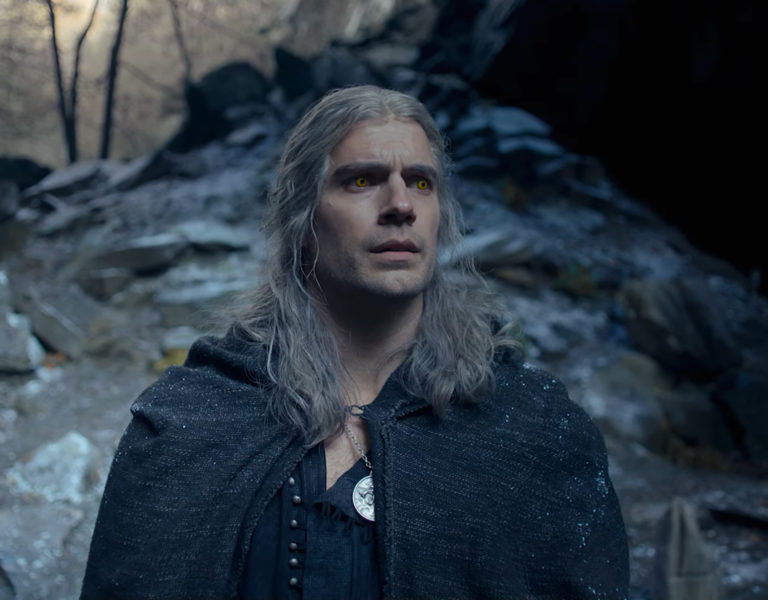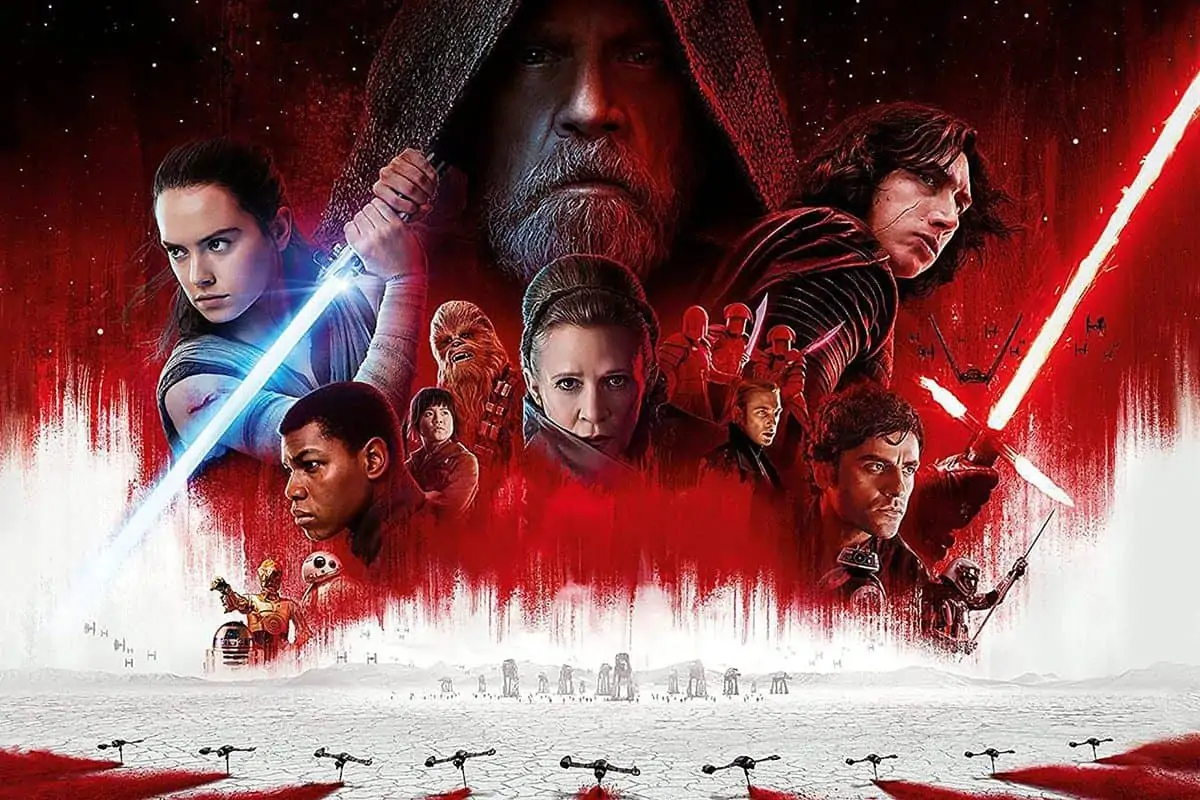Rebel with a cause
The latest live-action Star Wars spin-off, Andor, eschews the tried-and-tested StageCraft formula of its Disney+ predecessors. Block three DP Frank Lamm takes us into the heart of the action, shooting both on stage at Pinewood Studios and amidst the UK’s dramatic landscapes.
It’s the ground-breaking technology that unites The Mandalorian, The Book of Boba Fett and Obi-Wan Kenobi: StageCraft is the end-to-end virtual production set-up from Industrial Light & Magic. Shooting in an enormous LED volume with computer-generated backdrops, StageCraft gives productions flexibility and helps with budgets and keeping productions sustainable, too.
Andor marks a fresh direction for the Star Wars universe’s cinematography. The series, a prequel to 2016’s Rogue One, follows the rakish Cassian Andor (Diego Luna) as the Rebel Alliance rises against the Galactic Empire. German DP Frank Lamm, whose other credits include The Crown and Munich: The Edge of War, takes us behind the scenes on the show, shot on the Sony Venice with Panavision H-Series lenses. Lamm is represented by Casarotto Ramsay & Associates.
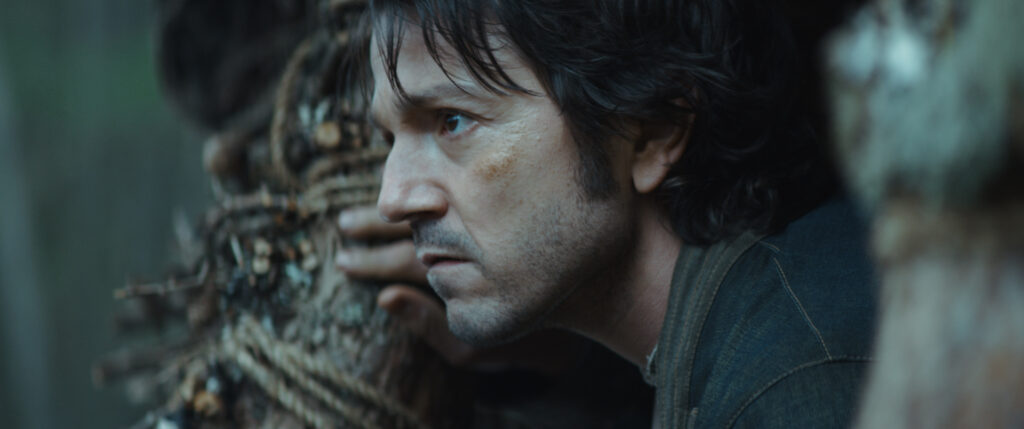
Hi Frank! Take us on your journey to becoming a DP.
In my youth all I cared about was music and playing the guitar. I was striving to become a musician and spent hours practising. It was the only thing I could imagine spending the rest of my life doing. At some point, my taste in music changed dramatically and I soon realized that punk rock wouldn’t pay the bills. But once you have gone down a specific road it’s hard to go back the idea of studying. So, when I first got hooked on the idea of making movies, I felt the same excitement I had when first picking up an instrument. I realised that filmmaking was something I could also easily get lost in.
How did you get involved with Andor and what made this series stand out from your past projects? Are you a fan of the Star Wars universe?
I had previously worked on a season of The Crown that Ben Caron had directed, although our episodes didn’t cross, and he went on to helm episodes seven, 11 and 12 of Andor. He played a big part in putting me on the map for Andor.
I am a big fan of the classic Star Wars films, especially The Empire Strikes Back. When producer Sanne Wohlenberg called me with the offer of potentially shooting three episodes of Andor, I was speechless. I soon learned that everything was different to anything I had done previously, but I was very excited to join such an amazing crew. I was especially happy to be working together again on the same show as Adriano Goldman BSC ABC ASC (The Crown) and first time with the fantastic Damian Garcia.
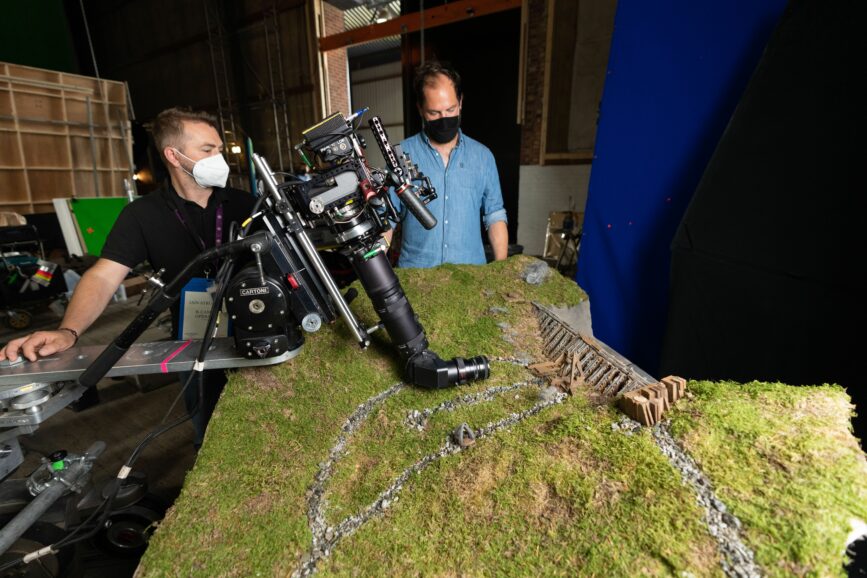
Tell us about your collaboration with Susanna White… What were your initial discussions about Andor’s visual approach, and what look and mood were you trying to achieve?
Working with Susanna White was such a great experience, and I was very grateful that I got the chance to work with her on this show. Amongst all the other storylines to set up in our episodes, we were given the great task of establishing the group of rebels that were hiding in the highlands of Aldhani. The aim was to make these rebels feel as authentic as possible, to feel their struggle and their hardship, and get a sense of what they had put on the line for the rebellion. I felt Susanna had a very special sensitivity to each of the characters inner conflicts. She really cared for this group of rebels and she kind of became part of their rebellion.
When I first walked into Susanna’s office, her walls were covered with pictures of Kurdish Peshmerga fighters. Our production designer, Luke Hull had shared them with her, and I was captivated by them; powerful images of mostly young female soldiers who were fighting against IS in northern Syria. They were depicted so gracefully, showing an incredible amount of bravery and dedication that were truly inspiring. They became our main source of inspiration in portraying the rebels for Andor.
Another main influence for me was the historical photographers’ agency, Magnum Photos. There I looked for pictures that included a heightened reality that although stylised, and at times very aesthetic, felt grounded and authentic. And then there was obviously Tony Gilroy’s overall vision for the show which I tried to make as much part of my own process and thinking as I could. Everything should feel as energetic and raw as possible. Stripped of decorative, unnecessary elements, movements, angles etc. It wasn’t about showing off what we could do but finding a unique approach to each scene. Obviously, there are always moments when you create scale and indulge in the scenery, but these moments had to be picked carefully and not inflated.

The decision not to use StageCraft for this series is an interesting change of direction for the universe’s cinematography. For you, what were the pros and cons of leaving behind the Volume?
Tony’s creative vision for the show was more naturalistic and the visuals need to serve and adapt to that. StageCraft technology is a great tool but as with every good tool they have their use and, in this case, I don’t believe it would have been the right way to connect the audience with these specific characters. But this decision is in the hand of every individual filmmaker, and I would never want to suggest that this applies to other stories, scripts, and characters.
In the case of Andor, I think it was the right decision to go out in the world, and use technology and VFX strategically to serve the creative vision of the show.

Can you briefly run us through the filming locations for your episodes? Which was your favourite, and which was the most challenging?
Every location on Andor was an exciting, inspiring, and often in its beauty, an almost intimidating place. Luke Hull has done an incredible job and kept on wowing us all with his creations. The sets he built and the worlds he created whether on stage in Pinewood, on location across the country, or in collaboration with VFX supervisor Mohen Leo, were impeccable. For me I just felt lucky to be part of this and being able to work with these talents.
The mixture of studio sets and on location filming was just thrilling and it had this great old school feel about it. There was always a real place, stunningly decorated to the smallest details and bursting with atmosphere and style. My favourite sequences include Syril’s journey home in episode four, as he slowly creeps back to his mum, down in the lower levels of Coruscant. A lot of it was shot at Brunswick House in Central London and I love the balance of CG backgrounds and elements that blend in with the real locations and elevates them to something that feels very Star Wars in an authentic and unique way.
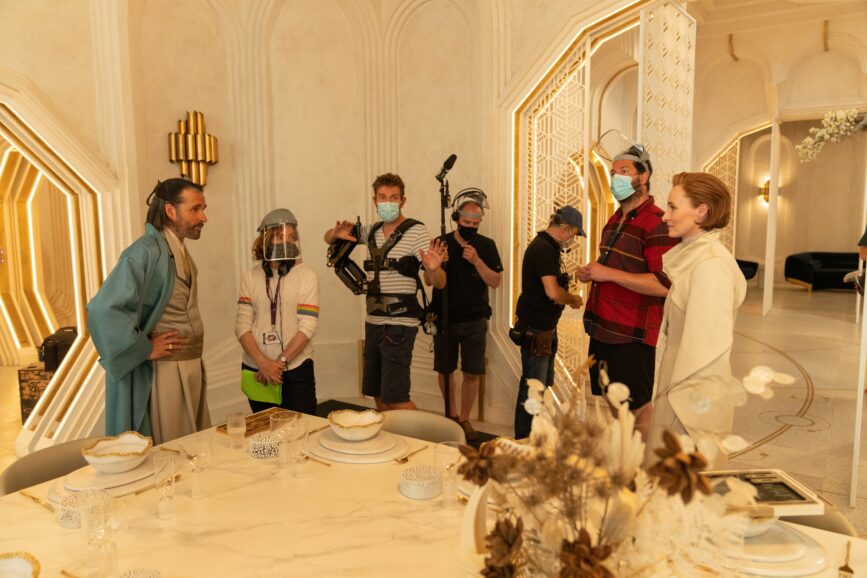
How did you work with gaffer Andy Lowe, and can you share your approach to lighting your episodes?
This was my second collaboration with Andy and after working with him on dailies on season three of The Crown, I was very pleased to re-join forces. He is a truly creative and artistic mind that helps you go the extra mile and think outside of the box. I have since then worked again with Andy on season five of The Crown. It’s a very joyful and playful way of working together. There is a mutual understanding and I love the way he works with his crew and everybody on set.
Andy was also Adriano Goldman’s gaffer, who shot episode one to three, and who had already established a style and tone for his worlds. I adapted a lot of Adriano’s naturalistic approach, and I loved the way the lighting organically fell into place with the set design and the overall tone of the show. I always felt there was a strong correlation to what Greig Fraser ACS ASC had done in Rogue One, which I often went back to as a point of reference, and which is next to The Empire Strikes Back, my favourite of all the Star Wars films.
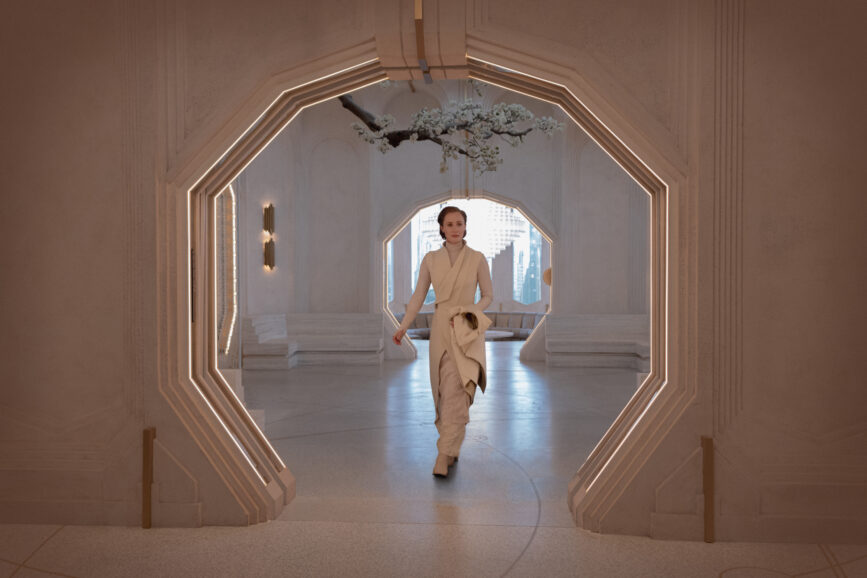
Due to its huge variety of settings and locations the lighting set-ups on Andor varied greatly. Sometimes we would sit for days on top of a Scottish mountain with nothing more than a piece of poly in our hands, a stark contrast to the fully controlled pre-rigged sets in Pinewood.
One of the more fun sequences to light was our heroes escape from Aldhani through the meteor shower which included several different preprogramed lighting effects to create an immersive and exciting ride. Our desk operator, Nathan Porter, did a fine job in creating the desired effect. We used a large amount of SkyPanels rigged around the cockpit of our ship that were digitally linked and mapped together as one space. From this he could then run different animations that translated into different light effects on stage. By modifying the animation, we would control the light on our characters and were able to change their flight direction, the speed, and the intensity of the effect.
Andor season one is currently streaming on Disney+.



